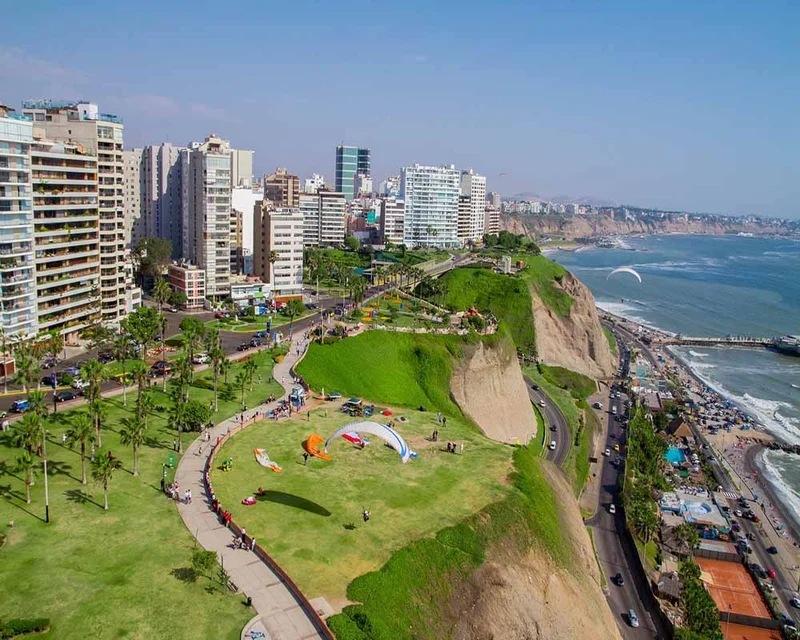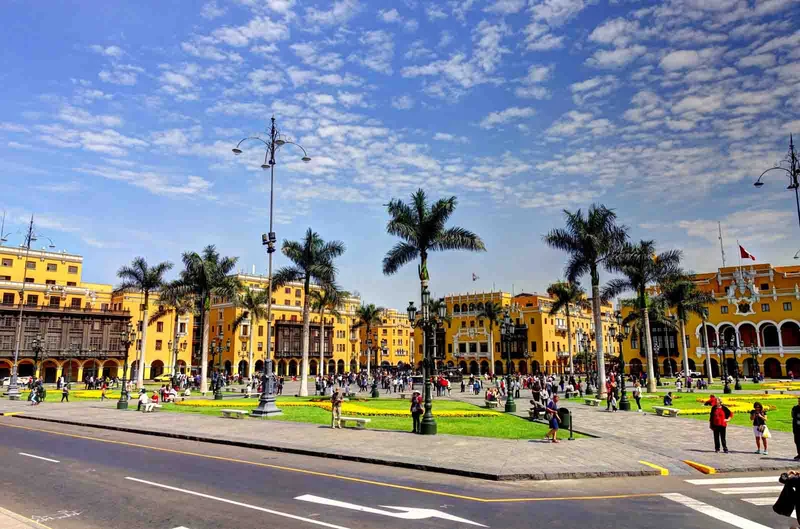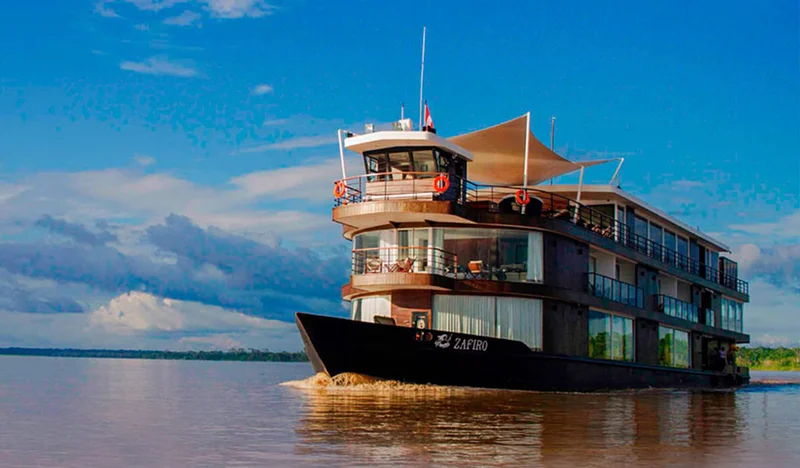Peru and Galapagos Tour - Lima Peru To Galapagos Island
We will begin our journey in vibrant Lima, exploring its rich history and dynamic coastal charm. From there, we will travel to the Sacred Valley, immersing ourselves in ancient Andean traditions and breathtaking landscapes. Machu Picchu awaits, where we will marvel at the grandeur of this Inca masterpiece surrounded by lush peaks.
Next, we will fly to Ecuador to visit the Galapagos Islands, a world-renowned destination in South America. On a Galapagos cruise, we will discover the wonders of the Galapagos National Park. Guided by the spirit of Charles Darwin’s legacy, we will observe unique ecosystems thriving on volcanic shores.
This Machu Picchu and the Galapagos Islands Tour is a best way to make the most of your time. Throughout this journey, we will enjoy seamless connections between Peru’s historic treasures and the Galapagos Islands' natural wonders. The international flights will be a connection between the history of Peru and nature of the Galapagos wildlife.
16 Day Peru Itinerary
Day 1: Arrival in Lima
We will arrive in Lima, the “City of Kings”, where our transfer services will take us to the hotel. Depending on the flight schedule, we may relax after traveling or explore Lima at our own pace. We can discover Peruvian cuisine, visit the coastline, or simply enjoy the vibrant atmosphere of the city.
Day 2: Lima city tour
We will enjoy a free morning to explore Lima or savor local cuisine. Also, you can enjoy the famous Peruvian cuisine at one of the local restaurants. At 2:00 PM, we will discover Lima’s pre-Hispanic, colonial, and contemporary history.
Stops include the Plaza Mayor, San Francisco Monastery, and modern Miraflores. We will return to the hotel for an overnight stay.
Day 3: Lima to Cusco
We will transfer to the airport early and fly to Cusco at 3,300 m (10,800 ft) after breakfast. Upon arrival, our guide will transfer us to your hotel, where we will acclimatize to the altitude. Free time will allow us to relax or explore Cusco’s markets and plazas.
Day 4: Sacred Valley to Aguas Calientes
We will visit the Sacred Valley starting at 8:00 AM, stopping at Awanacancha, Pisaq Market and Ollantaytambo’s ruins. In the evening, we will board the train to Aguas Calientes at approximately 9:00 PM. After arrival, we will enjoy the lively town at the base of Machu Picchu (Aguas Calientes).
Day 5: Machu Picchu - Ollantayntambo
We will wake early to reach Machu Picchu for sunrise. Some people prefer to wake up early at approximately 4:00 AM to get to Machu Picchu at 6:00 AM. Our guide will lead us on a 2-hour walking tour of the citadel.
Highlights include the Temple of the Sun, the Intihuatana and more. After exploring, we will return to Aguas Calientes to have lunch. Then, we will head to Ollantaytambo by train and finish at your hotel in Cusco.
Day 6: Maras, Moray, and Cusco
We will start around 8:00 AM with our visit to Maras salt mines and Moray’s agricultural terraces. Afterward, we will stop in Chinchero for a textile demonstration. Also, we will visit the the town’s church. Returning to Cusco, we will reflect on the stunning landscapes and culture.
Day 7: Cusco to Ecuador
After we take our breakfast, we will transfer from Cusco to Lima and onward to Quito or Guayaquil. After arrival, we will check into our hotel. We will enjoy an evening exploring the city or resting after the flight.
Day 8: North Seymour Island
We will begin the day by flying from Quito or Guayaquil to the Galapagos Islands. Upon arrival in Baltra, we will pass through an inspection point to ensure no foreign species enter the ecosystem. Here, we must pay the Galapagos National Park entry fee. It costs USD 100 for adults, USD 50 for children and a migration control card fee (USD 20 per person).
A motorized boat called a "panga" will carry us to the Catamaran Seaman Journey. Here we will settle in for our Galapagos adventure.
In the afternoon, we will visit North Seymour Island. This flat, uplifted island features rocky terrain and vibrant wildlife. We will observe magnificent frigatebirds performing their mating displays and blue-footed boobies dancing in courtship.
Along the shoreline, sea lions haul out onto the beach, and some even bodysurf in the waves. The rugged cliffs provide nesting sites for swallow-tailed gulls, adding to the island's charm.
Day 9: Genovesa Island – El Barranco and Darwin Bay
We will start the day at El Barranco, located on the southern part of Darwin Bay, on Genovesa Island. The trail, approximately 1.5 km (0.9 mi) long, runs over volcanic rock and takes about two hours to complete. This area is geologically young, characterized by fragile lava cliffs shaped by natural erosion.
El Barranco serves as an ideal nesting site for two petrel species and their main predator, the short-eared owl.
As we explore, we will also spot red-footed boobies, which nest in the outer islands, including Genovesa. Masked boobies can also be seen nesting along the cliffs. During a scenic "panga ride" along the cliffs, we may observe fur sea lions and a variety of seabirds.
In the afternoon, we will visit Darwin Bay. We will disembark on a white coral beach for a wet landing. This area features species like red-footed boobies, masked boobies, wandering tattlers, lava gulls, whimbrels, and yellow warblers.
Along the way, we will spot Galapagos doves, swallow-tailed gulls, and finches, including sharp-beaked and large cactus finches. Reaching the cliff’s edge, we will enjoy breathtaking views of the island.
Day 10: Plazas and Santa Fe Islands
We will explore Plazas Island to see hybrid iguanas recognizable for their black or gray color. Spot swallow tailed gulls nesting in the rugged cliffs. This island also features other seabirds such as audubon shearwaters, red-billed tropicbirds, frigate birds and brown pelicans.
At Santa Fe, we will snorkel with sea lions and tropical fish. We will also spot endemic species like the Galapagos hawk, Galapagos snake, Galapagos mockingbird, rice rats, and more. Along the trail many salt bushes can be seen as well giant Pickly pear cactus.
Day 11: San Cristobal Island – Jacinto Gordillo Breeding Center & Interpretation Center
We will visit the Jacinto Gordillo Breeding Center, located in Cerro Colorado. This center plays a crucial role in conserving giant tortoises.
In the afternoon, we will visit the Interpretation Center on San Cristobal Island. Surrounded by lush gardens, the center provides a deep dive into the Galapagos’ geological, human, and natural history. We will also enjoy stunning views of the coastline, contrasting with the historic 1960s-style buildings of the center.
Day 12: San Cristobal Island – La Galapaguera & Cerro Brujo
We will visit La Galapaguera, a natural habitat for Galapagos tortoises. This area allows us to see these gentle giants in their natural environment. Alongside endemic species such as the San Cristobal mockingbird, lava lizard, and Chatham leaf-toed gecko. During nesting season (January to May), we might spot female tortoise tracks in the sand dunes, leading to their egg-laying sites.
In the afternoon, we will explore Cerro Brujo, a stunning white coral beach with clear waters. This was the first site visited by Charles Darwin in 1835. We can swim, snorkel, or relax on the beach while observing sea lions, blue-footed boobies, and other seabirds. Its saline pools once served as a salt mine for the islands’ early settlers.
Day 13: Española Island – Gardner Bay & Suarez Point
We will start at Gardner Bay, located on the northeastern coast of Española Island. This area offers a serene beach where we can relax, swim, snorkel, or kayak. Sea lions often lounge on the shore, and the crystal-clear waters allow us to spot sharks, rays, and vibrant marine life.
In the afternoon, we will explore Suarez Point, a haven for seabirds. We will see blue-footed boobies, Nazca boobies, and the magnificent waved albatross (seasonal). A highlight of this visit is the blowhole, which shoots water 50–75 meters (165–246 ft) into the air.
Day 14: Floreana Island – Cormorant Point, Post Office Bay & Baroness Lookout
We will visit Cormorant Point, home to one of the Galapagos’ largest flamingo lagoons. The area also features two unique beaches: Green Beach, rich in olivine crystals, and Flour Sand Beach, composed of fine coral sand. This site offers excellent opportunities to see migratory birds and explore volcanic landscapes.
In the afternoon, we will stop at Post Office Bay, where a barrel has served as a mail drop since the 18th century. Visitors can leave postcards and take others for delivery. We will continue to Baroness Lookout for panoramic views of Floreana’s coastline. This includes the historic ruins of Baroness Eloisa von Wagner’s home.
Day 15: Santa Cruz Island – Baltra – Return to Mainland Ecuador
In the morning, we will visit the Charles Darwin Research Station on Santa Cruz Island. The station houses exhibits on conservation and breeding programs, including the story of Lonesome George, the famous Pinta Island tortoise. Afterward, we will transfer to Baltra Airport for our flight to Quito or Guayaquil, marking the end of our Galapagos adventure.
Day 16: Departure from Ecuador
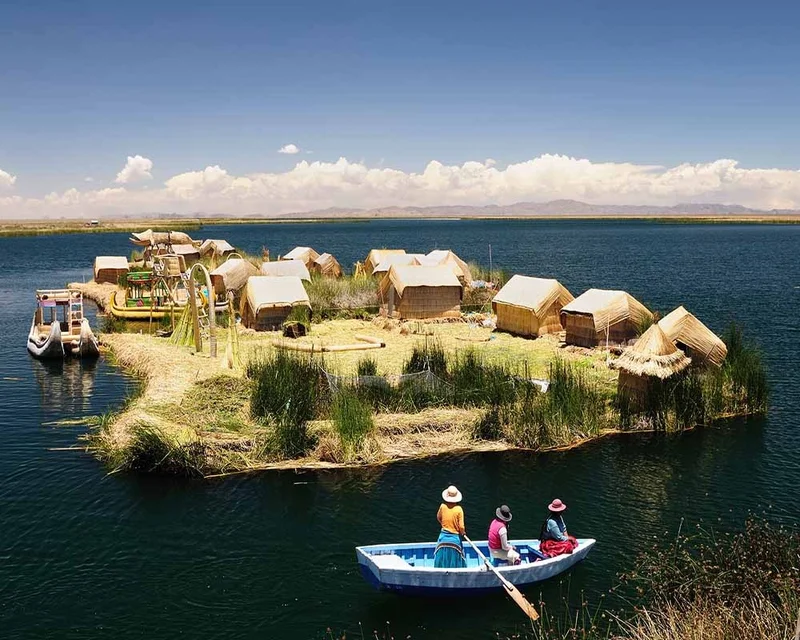
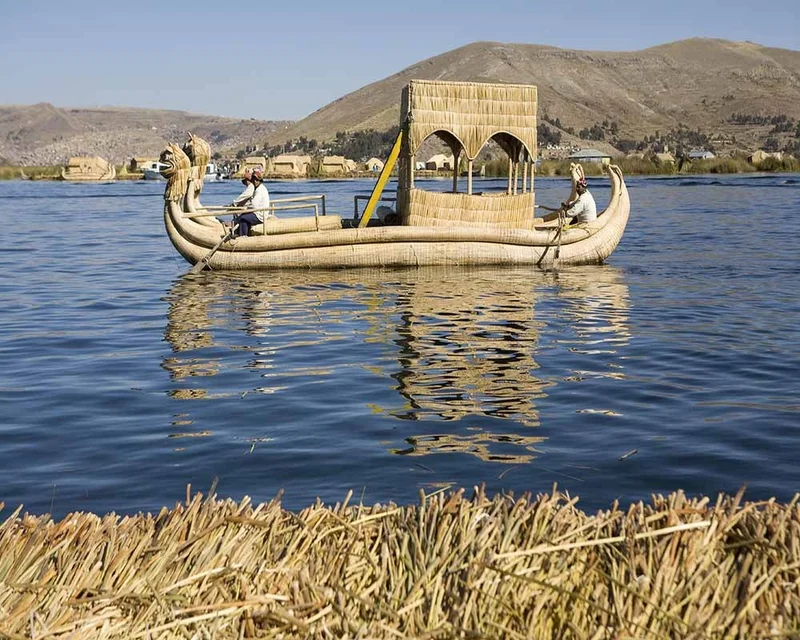
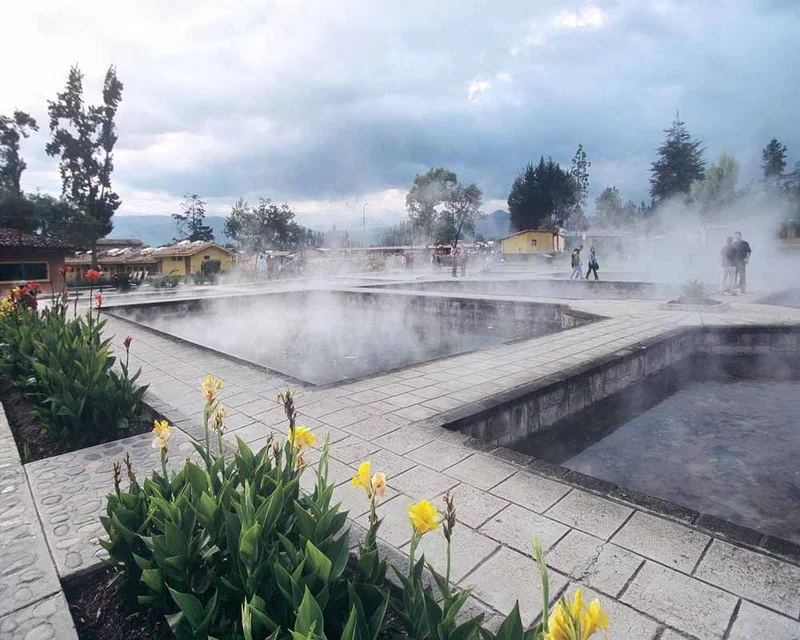
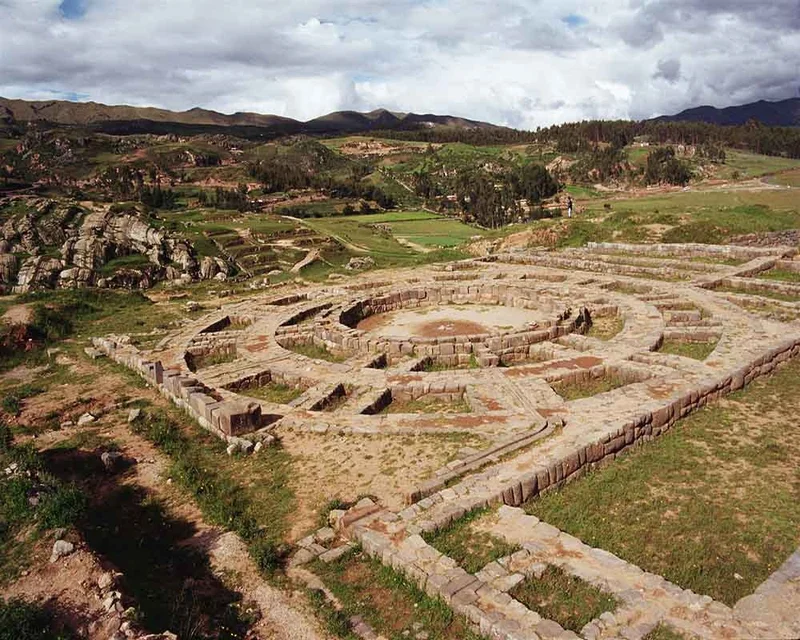
16 Day Peru Itinerary Includes
- Guided city tours of Lima, Cusco, and Quito or Guayaquil.
- Sacred Valley and Machu Picchu guided excursions.
- Visits to Maras, Moray, Ollantaytambo and the Galápagos sites.
- Professional, English-speaking guides throughout the tour.
- Local specialists for cultural, historical, and natural site tours.
- 24/7 assistance throughout the tour.
16 Day Peru Itinerary Does not Include
- Travel Insurance: You can purchase it separately.
- Souvenirs, laundry services, and additional snacks or drinks. Also, telephone calls and other incidental costs at accommodations.
- Additional excursions or activities not mentioned in the itinerary.
- Tips for guides, drivers, cruise staff, and other service providers.
- Personal equipment such as hiking shoes, sun protection, and reusable water bottles.
- Vaccinations, medications, or any medical-related costs.
16 Day Peru Itinerary Highlights
- Sacred Valley & Machu Picchu: Visit iconic Inca sites like Ollantaytambo and Machu Picchu with expert guides.
- Galapagos Cruise: Explore unique wildlife, including sea lions and blue-footed boobies, aboard a luxury catamaran.
- Cultural Experiences: Enjoy Peruvian gastronomy, traditional markets, and weaving demonstrations.
- Diverse Landscapes: Journey from Peru’s Andes to Ecuador’s Galapagos Islands for breathtaking views and adventures.
Why travel with us?
Similar Itineraries
